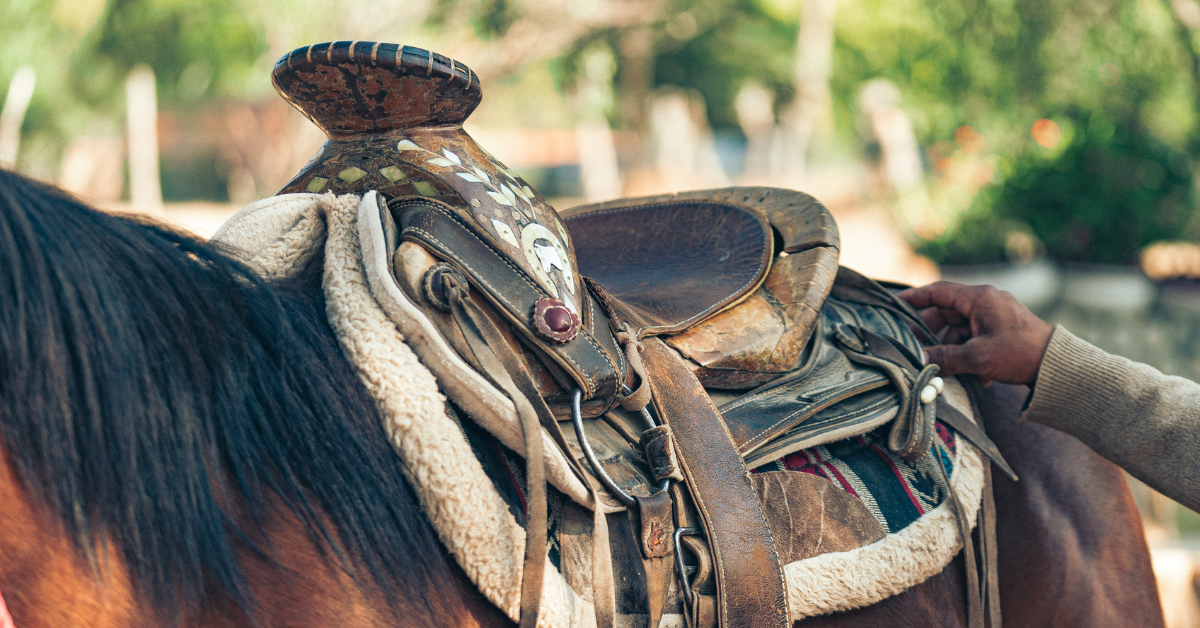Whether you’re new to the world of horses or you’ve been in the saddle for years, you’ve just found your new favorite corner of the internet. At RugbyCreekSportHorses, we’re all about helping you build a stronger bond with your horse—through knowledge, smart gear choices, and answering all those questions you didn’t know you had.
We understand the deep connection between horse and human. Horses are more than animals—they’re athletes, companions, therapists, and sometimes even our best friends. That’s why we’ve built this site to be your one-stop destination for everything related to horse care, riding, training, gear, and understanding these magnificent animals.

Here’s how to get the most out of our site:
🧠 In-Depth Horse Guides – Learn the Basics & Beyond
Whether you’re learning how to care for a new horse, trying to understand different riding styles, or figuring out feeding schedules, our guides are here to help. Written by passionate horse owners and reviewed by professionals, these step-by-step resources break down complex topics into practical, beginner-friendly advice.

From grooming routines and hoof care to horse behavior and pasture management, our goal is to help you feel confident in your daily horse care.
👉 Start Learning in the Horse Guides Section »
🛠️ The Right Equipment for Every Rider & Horse
Choosing the right tack and gear can make all the difference. In our equipment section, we review saddles, bridles, grooming kits, boots, blankets, feeders, halters, and more. We don’t just list features—we explain what really matters, based on your riding style, your horse’s needs, and your budget.

Whether you’re shopping for a new rider, a performance horse, or stable essentials, we make it easy to buy with confidence.
👉 Browse Horse Equipment Reviews and Buying Guides »
💡 Horse Blog – Where Curiosity Meets Clarity
Ever wondered if horses can eat meat? Or how long they live? Or why they sleep standing up? Our blog is packed with answers to your most fascinating and frequently asked horse-related questions. These short, fun, and informative reads are perfect for curious minds and passionate owners alike.

We also bust common myths, share interesting facts, and cover seasonal topics like winter care or fly protection.
👉 Explore Horse Breeds & Selection »
👉 Explore Horse Ownership & Lifestyle »
👉 Explore Horse Care & Health »
🐴 Join the Herd – You’re Not Alone on Your Journey
Horse ownership and riding are journeys filled with learning, joy, and sometimes a few frustrations. We’re here to walk beside you—whether you’re training your first foal, buying your tenth saddle, or just figuring out what treats your horse loves most.
We’re proud to support everyone from trail riders to barrel racers to backyard hobbyists. No matter your path, we’re glad you’re here.
Stay awhile, explore our content, and don’t forget to bookmark us—we’re always adding new guides, reviews, and insights to keep your horse journey going strong.